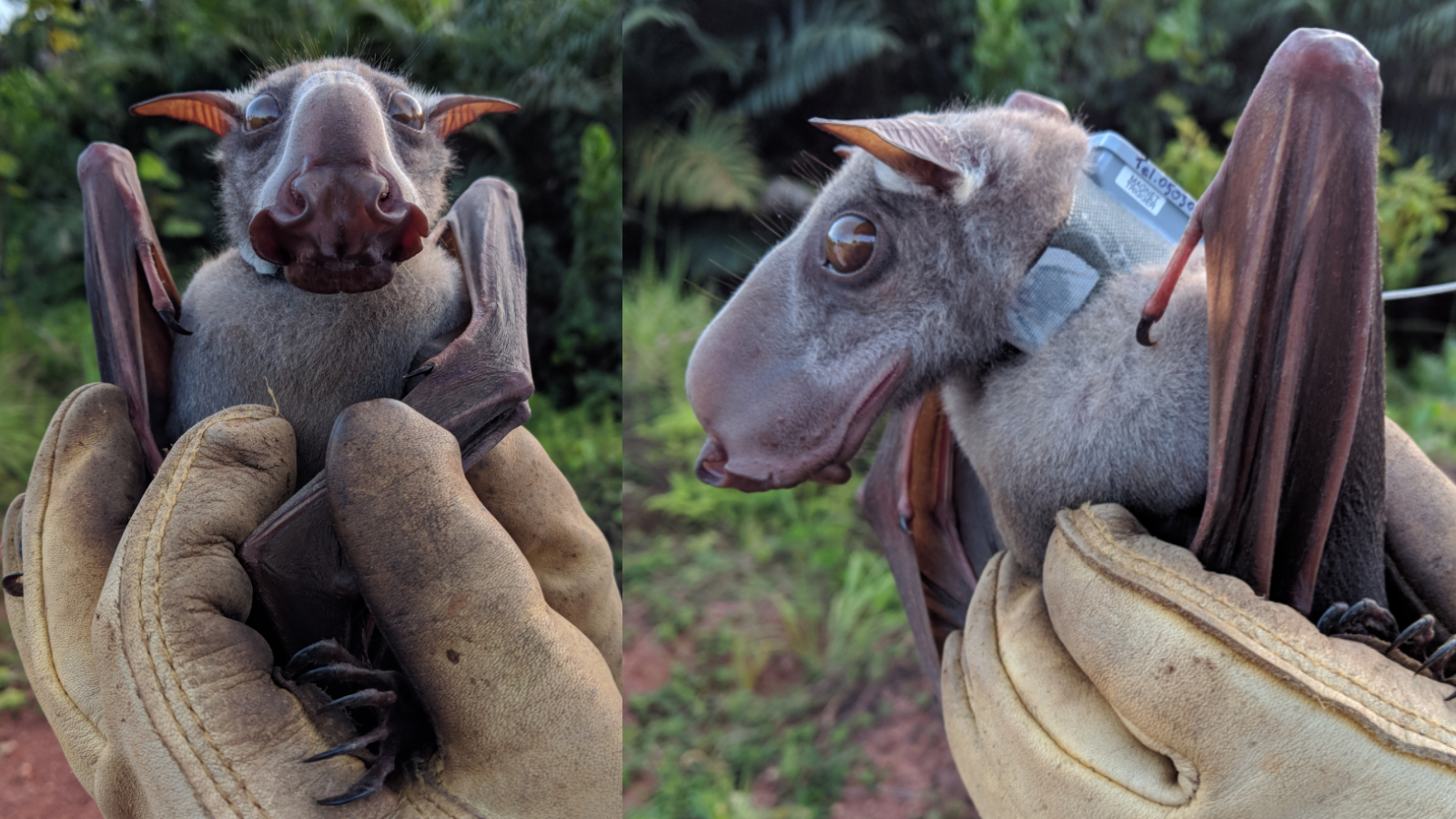Agriculture, Vol. 13, Pages 1394: Evaluation of Greek Tobacco Varieties (Nicotiana tabacum L.) Grown in Different Regions οf Greece
Agriculture doi: 10.3390/agriculture13071394
Authors: Eleni Tsaliki Theodoros Moysiadis Evripidis Toumpas Apostolos Kalivas Ioannis Panoras Ioannis Grigoriadis
Tobacco (Nicotiana tabacum L.) is an important industrial crop grown in more than one hundred countries worldwide, with high adaptability on a great variety of soils, and under quite diverse climatic conditions. Information regarding the chemical composition of tobacco leaves is important for the tobacco industry because it generally may exhibit important differences among different locations. In this study, five oriental and six flue and air-cured type tobacco varieties were cultivated in five areas of Greece for three cultivation periods, in order to evaluate the effect of these three factors (variety, area, and period), on the yield as well as nicotine content, and sugar and nitrate content of the produced leaves. For the oriental type varieties, the results showed that the area exhibited significant interaction with both variety and the cultivation year, related to the yield. Concerning the nicotine content, no significant differences were observed regarding the areas of experimentation; however, it significantly varied within the varieties. In particular, the nicotine content of Katerini 53 exhibited a significant difference compared to Xanthi 2A, which had the highest content of all tested varieties. Sugar content was affected significantly by all the factors considered, with the area of Xanthi exhibiting lower values compared to all other varieties. Regarding the flue and air-cured varieties, the only interaction that was found to be statistically significant, when the yield was assessed, was between the cultivation year and the area. It was found that there was a significant interaction between cultivation year and area for the nicotine content as well. Furthermore, cultivation year and variety significantly affected the sugar content. The varieties Burley 21E and NC7LC gave the lowest sugars. In general, it was observed that in the case of the oriental type varieties, the variety adaptation in specific regions resulted in higher yields, with the paradigmatic example of the variety Katerini 53 in the Katerini area, and Xanthi 81 in the Xanthi area. On the other hand, in the case of the flue and air-cured varieties, Karditsa was the area that exhibited the lowest yield of all tested varieties.

 9 months ago
25
9 months ago
25


